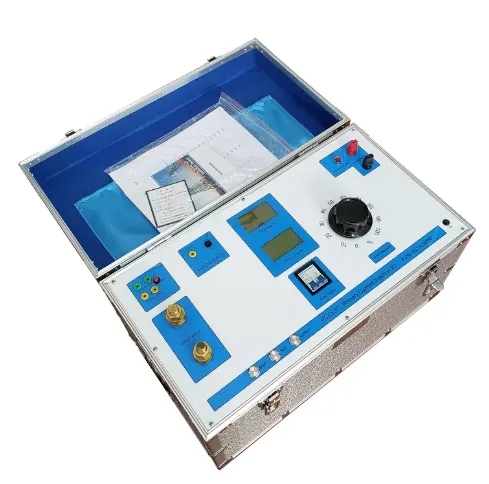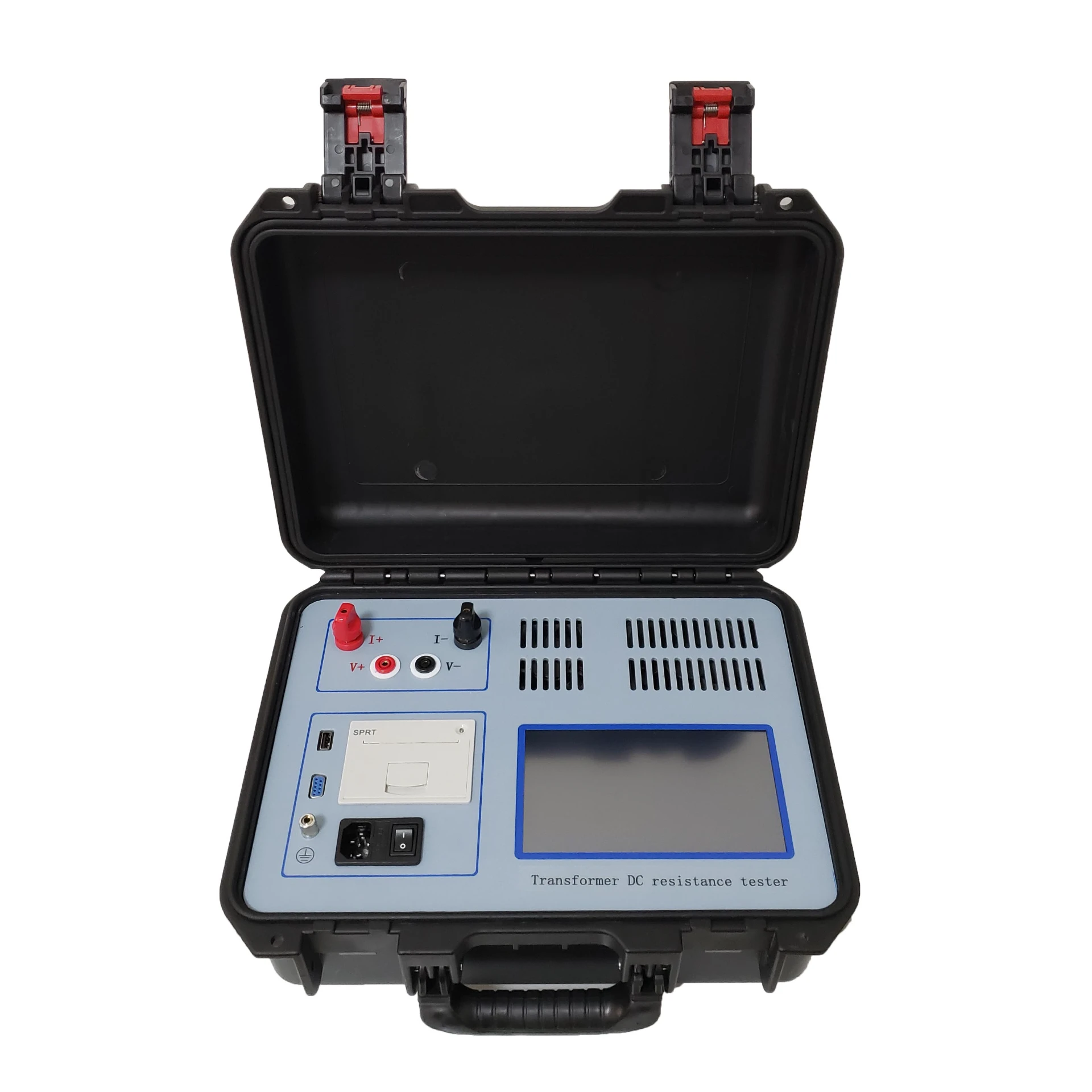 English
English



-
 Afrikaans
Afrikaans -
 Albanian
Albanian -
 Amharic
Amharic -
 Arabic
Arabic -
 Armenian
Armenian -
 Azerbaijani
Azerbaijani -
 Basque
Basque -
 Belarusian
Belarusian -
 Bengali
Bengali -
 Bosnian
Bosnian -
 Bulgarian
Bulgarian -
 Catalan
Catalan -
 Cebuano
Cebuano -
 China
China -
 China (Taiwan)
China (Taiwan) -
 Corsican
Corsican -
 Croatian
Croatian -
 Czech
Czech -
 Danish
Danish -
 Dutch
Dutch -
 English
English -
 Esperanto
Esperanto -
 Estonian
Estonian -
 Finnish
Finnish -
 French
French -
 Frisian
Frisian -
 Galician
Galician -
 Georgian
Georgian -
 German
German -
 Greek
Greek -
 Gujarati
Gujarati -
 Haitian Creole
Haitian Creole -
 hausa
hausa -
 hawaiian
hawaiian -
 Hebrew
Hebrew -
 Hindi
Hindi -
 Miao
Miao -
 Hungarian
Hungarian -
 Icelandic
Icelandic -
 igbo
igbo -
 Indonesian
Indonesian -
 irish
irish -
 Italian
Italian -
 Japanese
Japanese -
 Javanese
Javanese -
 Kannada
Kannada -
 kazakh
kazakh -
 Khmer
Khmer -
 Rwandese
Rwandese -
 Korean
Korean -
 Kurdish
Kurdish -
 Kyrgyz
Kyrgyz -
 Lao
Lao -
 Latin
Latin -
 Latvian
Latvian -
 Lithuanian
Lithuanian -
 Luxembourgish
Luxembourgish -
 Macedonian
Macedonian -
 Malgashi
Malgashi -
 Malay
Malay -
 Malayalam
Malayalam -
 Maltese
Maltese -
 Maori
Maori -
 Marathi
Marathi -
 Mongolian
Mongolian -
 Myanmar
Myanmar -
 Nepali
Nepali -
 Norwegian
Norwegian -
 Norwegian
Norwegian -
 Occitan
Occitan -
 Pashto
Pashto -
 Persian
Persian -
 Polish
Polish -
 Portuguese
Portuguese -
 Punjabi
Punjabi -
 Romanian
Romanian -
 Russian
Russian -
 Samoan
Samoan -
 Scottish Gaelic
Scottish Gaelic -
 Serbian
Serbian -
 Sesotho
Sesotho -
 Shona
Shona -
 Sindhi
Sindhi -
 Sinhala
Sinhala -
 Slovak
Slovak -
 Slovenian
Slovenian -
 Somali
Somali -
 Spanish
Spanish -
 Sundanese
Sundanese -
 Swahili
Swahili -
 Swedish
Swedish -
 Tagalog
Tagalog -
 Tajik
Tajik -
 Tamil
Tamil -
 Tatar
Tatar -
 Telugu
Telugu -
 Thai
Thai -
 Turkish
Turkish -
 Turkmen
Turkmen -
 Ukrainian
Ukrainian -
 Urdu
Urdu -
 Uighur
Uighur -
 Uzbek
Uzbek -
 Vietnamese
Vietnamese -
 Welsh
Welsh -
 Bantu
Bantu -
 Yiddish
Yiddish -
 Yoruba
Yoruba -
 Zulu
Zulu
Open Cup Flash Point Tester Accurate, Safe Testing Solutions
- Fundamentals of Open Cup Flash Point Assessment
- Data-Driven Safety Impact Analysis
- Technical Advantages in Modern Testing Equipment
- Comparative Analysis of Leading Manufacturers
- Industry-Specific Customization Solutions
- Practical Field Implementation Scenarios
- Future Developments in Flash Point Verification

(open cup flash point)
Understanding Open Cup Flash Point Fundamentals
Open cup flash point testing determines the lowest temperature at which petroleum products release sufficient vapor to ignite when exposed to open flame. This critical safety parameter affects storage, transportation, and handling procedures across industries. Modern open cup flash point
testers employ standardized methodologies including Cleveland Open Cup (COC) and Pensky-Martens protocols compliant with ASTM D92, ISO 2592, and IP 36 regulations. The fundamental principle involves heating a sample in an exposed cup while systematically introducing ignition sources until observable flash occurs.
Precision-controlled heating rates (±2°C/min) and flame application mechanisms are essential for reproducible results. Contemporary apparatus integrate real-time vapor temperature monitoring using platinum RTD sensors with ±0.1°C accuracy. Industry data reveals that inaccurate flash point measurements contribute to approximately 18% of petroleum-related fire incidents annually, underscoring the vital importance of reliable testing equipment.
The Future Evolution of Open Cup Flash Point Verification
Emerging innovations include non-contact infrared flash detection systems that eliminate false negatives from contaminated samples. Researchers at the Petrochemical Safety Institute recently validated machine learning algorithms capable of predicting flash points within ±3°C accuracy by analyzing chemical composition data. Such developments signal a transition toward predictive safety analytics integrated with traditional testing methodologies.
Global standardization bodies are drafting revisions to incorporate automated testing sequence validations into methodology updates scheduled for 2025. Manufacturers investing in IoT-enabled open cup flash point apparatus now report 30% faster compliance reporting and 22% reduction in calibration-related downtime. These advancements reinforce the central role of precise flash point verification in industrial safety ecosystems.
Manufacturer Comparison Table
| Feature | Stanhope-Seta | Koehler Instrument | Grabner Instruments | Tanaka Scientific |
|---|---|---|---|---|
| Heating Accuracy | ±1°C | ±0.5°C | ±0.2°C | ±0.3°C |
| Test Methods Supported | ASTM D92 | ASTM D92, ISO 2592 | ASTM D92, IP 36 | ASTM D92, GB/T 3536 |
| Automation Level | Semi-Automated | Fully Automated | Fully Automated | Semi-Automated |
| Calibration Interval | 3 months | 6 months | 12 months | 3 months |
| Sample Capacity | 2 tests/hour | 5 tests/hour | 7 tests/hour | 3 tests/hour |
Technical Specifications Detail: Grabner Instruments' MINIFLASH TOUCH series achieves ±0.2°C thermal stability through proprietary solid-state heating technology. Their automated flame application system reduces human error by 92% compared to manual testers according to 2023 petrochemical lab studies.
Field Implementation Scenario: A European biodiesel producer implemented automated Pensky-Martens testers with integrated safety interlocks, reducing testing time per batch from 45 minutes to 12 minutes while eliminating exposure risks during manual ignition sequences. This configuration passed ATEX Zone 1 certification for operation in explosive atmospheres.

(open cup flash point)
FAQS on open cup flash point
Q: What is an open cup flash point?
A: An open cup flash point is the lowest temperature at which a liquid's vapors ignite in open air when exposed to an ignition source. This measurement is crucial for assessing fire hazards of flammable materials. Unlike closed cup tests, it mimics real-world spill conditions.
Q: How does an open cup flash point tester work?
A: An open cup flash point tester heats a sample in an uncovered vessel while periodically introducing a flame. The ignition temperature is recorded when a brief flash occurs above the liquid. This apparatus follows standardized methods like ASTM D92 for reliability.
Q: What industries use open cup flash point apparatus?
A: Industries handling fuels, lubricants, or chemicals rely on open cup flash point apparatus for safety compliance. It's essential for petroleum refineries, paint manufacturers, and transport regulators. Testing helps classify materials under systems like GHS (Globally Harmonized System).
Q: Why choose open cup over closed cup flash point testing?
A: Open cup testing better replicates ignition risks in open-air scenarios like spills. Closed cup methods measure lower temperatures under confined conditions. The choice depends on regulatory requirements and material volatility profiles.
Q: What standards govern open cup flash point testing?
A: Key standards include ASTM D92 (Cleveland Open Cup) and ISO 2592 for consistent results. These protocols specify apparatus dimensions, heating rates, and flame application. Compliance ensures global recognition of safety data.
-
Ensuring Transformer Reliability with High-Precision Turns Ratio TestingNewsJul.18,2025
-
Ensuring SF₆ Gas Safety: Introducing PUSH’s Integrated SF₆ Analyzer for Dew Point, Purity, and Decomposition MonitoringNewsJul.10,2025
-
Exploring the Main Types of Industrial Endoscopes and Their Applications Across IndustriesNewsJul.04,2025
-
Testing Equipment Industry Sees Major Advancements in 2025: Smart & Precision Technologies Lead the WayNewsJun.06,2025
-
Applications of Direct Current Generators in Renewable Energy SystemsNewsJun.05,2025
-
Hipot Tester Calibration and Accuracy GuidelinesNewsJun.05,2025



